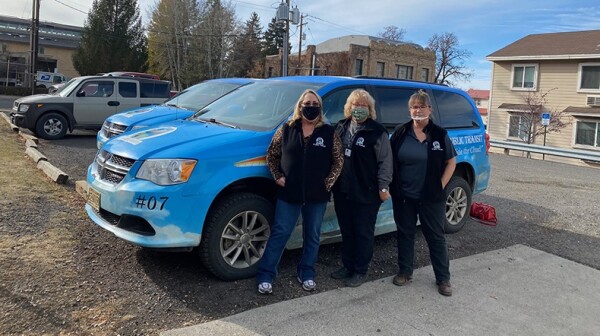AARP Hearing Center
CLOSE ×
Search
Popular Searches
- right_container
- Health
- Money
- Work & Jobs
- Advocacy
- Social Security
- Medicare
- Caregiving
- Games
- Travel
- More...
- Entertainment & Style
- Family & Relationships
- Personal Tech
- Home & Living
- Auto
- Staying Sharp
- Podcasts
- Videos
Most of the 1.2 million people living with HIV in the United States are now over the age of 50, and more than 175,000 are over the age of 65. For many people who were diagnosed prior to the introduction of revolutionary highly active antiretroviral therapy, life expectancy was measured in months,…
Surveys illuminate people’s preferences for aging in place and reforms that promote more supply
A recent report by the influential Medicare Payment Advisory Commission (MedPAC) — the independent agency that advises Congress on Medicare policy — finds that Medicare pays 20 percent more per enrollee in a private Medicare Advantage (MA) plan than it would if that same individual was instead…
Emergency savings accounts are more than just a good idea. They can help protect households against financial hardship today and enable greater retirement security in the future.
The pandemic has changed the way we think of long-term care, and if we lean into the crisis-earned set of lessons learned, we can do more than just tweak the system. We can transform it.
Providing working family caregivers ages 50-plus with appropriate support in the workplace should be a critical part of the nation's economic recovery strategy.
Congress has recently made some important changes aimed at helping people have a smooth transition to Medicare.
While states are offering consumers more choices for long-term services and supports (LTSS), we still have far to go to balance institutional care and home and community-based services (HCBS). Now there is a major opportunity to pick up the pace of that change.
A few thousand dollars of liquid savings – in this case a federal stimulus payment – can make a profound difference in Americans’ financial well-being.
By automating trip scheduling in a system rightsized for the real-life strengths and constraints of rural nonprofits, RideSheet frees up staff time, allowing them to focus on their core mission.
A look at how low-cost scheduling software appropriately tailored to the needs and resource constraints of rural nonprofit transportation providers helps older residents meet their transportation needs.
Now that we are reaching a point where the U.S. has an adequate supply of COVID-19 vaccines, officials must consider how to identify and reach older adults who remain unvaccinated, particularly those who want but have been unable to access a vaccine.
The recommended age for colorectal cancer screening has been lowered to 45 by the USPSTF.
Search AARP Blogs
Recent Posts










































































